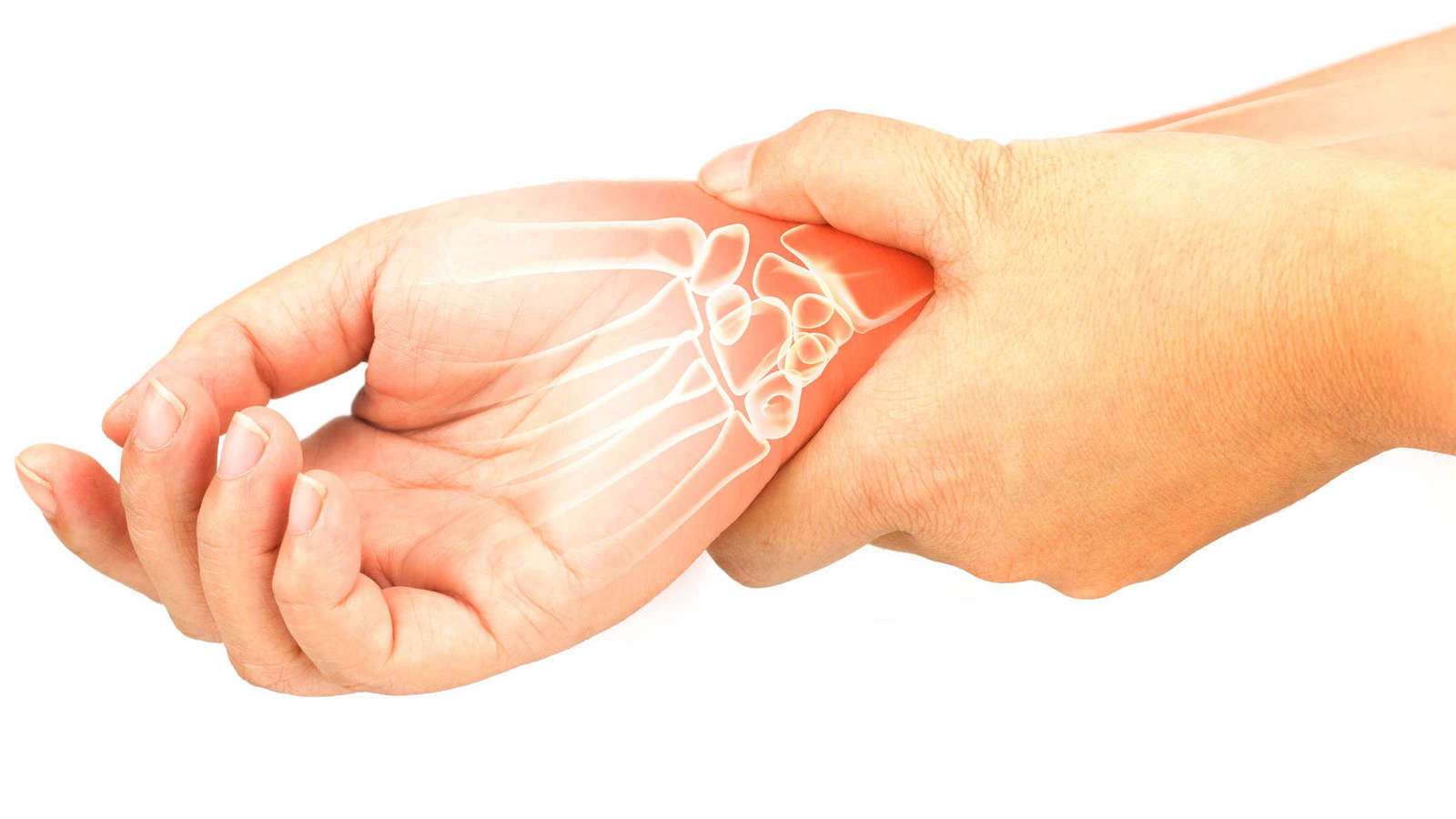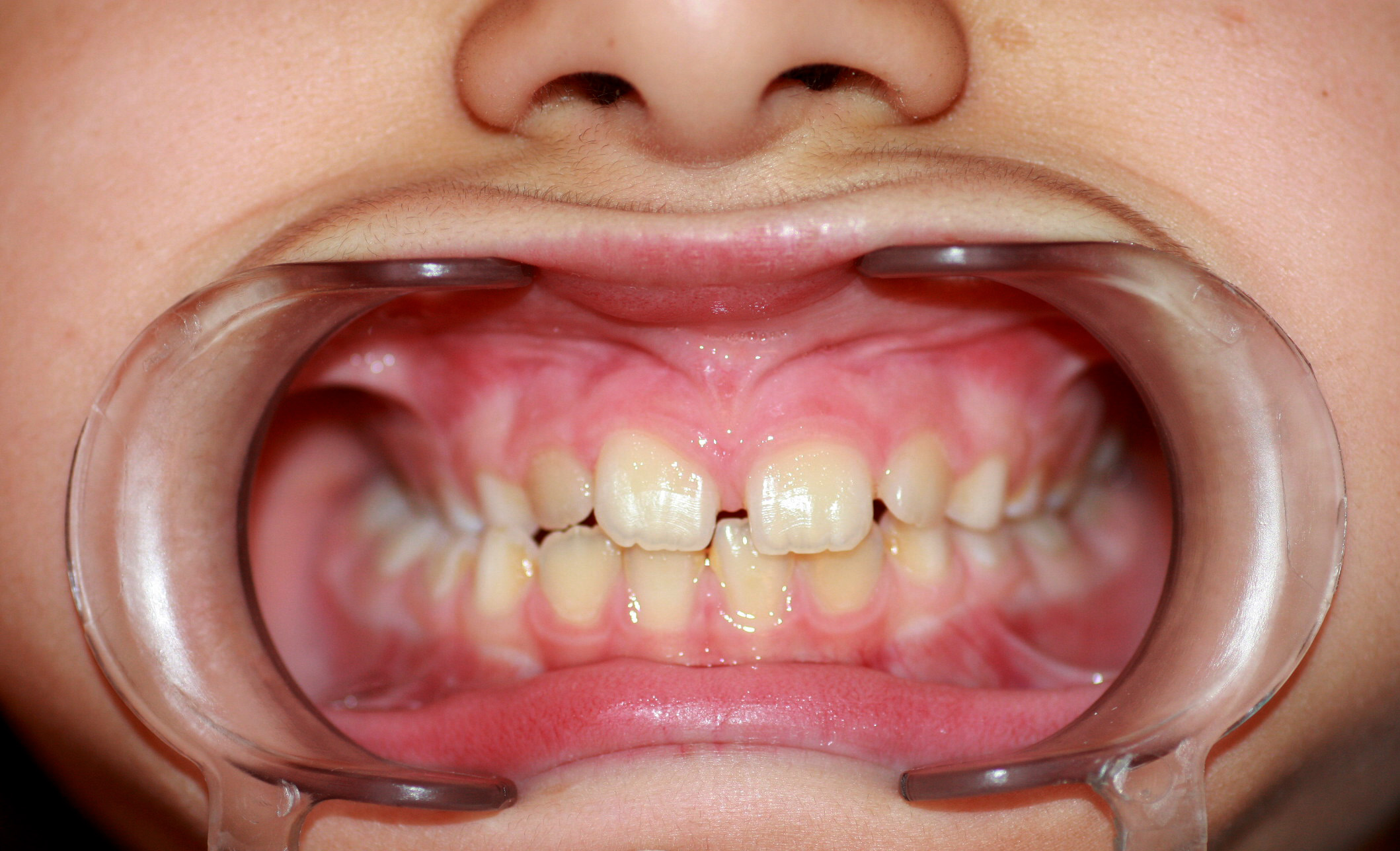One of the most frequent fractures in traumatology is humerus fracture. It occurs at any age, but above all it is more common in the elderly, due to osteoporosis and the frequent falls that occur in these ages.
The recovery time of a humerus fracture depends on several factors, but it takes at least three months for a complete reincorporation of your usual activity.
 The bones have the ability to consolidate or weld by themselves creating bone tissue. Therefore, the treatment will be indicated to facilitate the formation of bone callus and its consolidation. For this to happen, several conditions must be met:
The bones have the ability to consolidate or weld by themselves creating bone tissue. Therefore, the treatment will be indicated to facilitate the formation of bone callus and its consolidation. For this to happen, several conditions must be met:
- The bones are in contact so that the bone callus can occur.
- The immobilization of the area to avoid instability and to be able to repair the damage.
- A correct supply of blood supply in the area.
- Avoid infections in the area or other risks that may prevent consolidation.
- Maintain good nutrition and hydration.
Recovery time of a humerus fracture you will have to wear a humerus Brace like Orliman’s. It is an orthosis that offers immobilization, protection and stabilization of the fracture of the humerus by compression. This orthosis will take about eight weeks to avoid problems. The orthosis is accompanied by a strap for the reduction of the arm. The Orliman brace has a quilted textile cover and a breathable inner lining. This is to avoid discomfort and you can follow the treatment correctly, during the entire recovery time of a humerus fracture.
While you are carrying the brace do exercises of bending and stretching the elbow. Also some pendular movement of shoulder. This will prevent the muscles from atrophying. They should be done progressively and carefully so that they do not affect callus formation. And when the fracture is consolidated you can start with rehabilitation, to improve the mobility of the joints of the shoulder and elbow and improve the muscular strength of the arm.
The other immobilization options are the sling, a splint or a cast. Depending on the severity of the fracture and the circumstances of each person, one or the other will be chosen. The splints or the sling allow the movement of the shoulder and the elbow, while the plaster is used when a complete immobilization is necessary.
The option of conservative treatment is preferred by traumatologists because it follows a natural process. In addition, you can always resort to surgery if the fracture does not consolidate well or if problems appear during the recovery time of a humerus fracture.
Learn more about your health and well-being at Pharmamedic.






